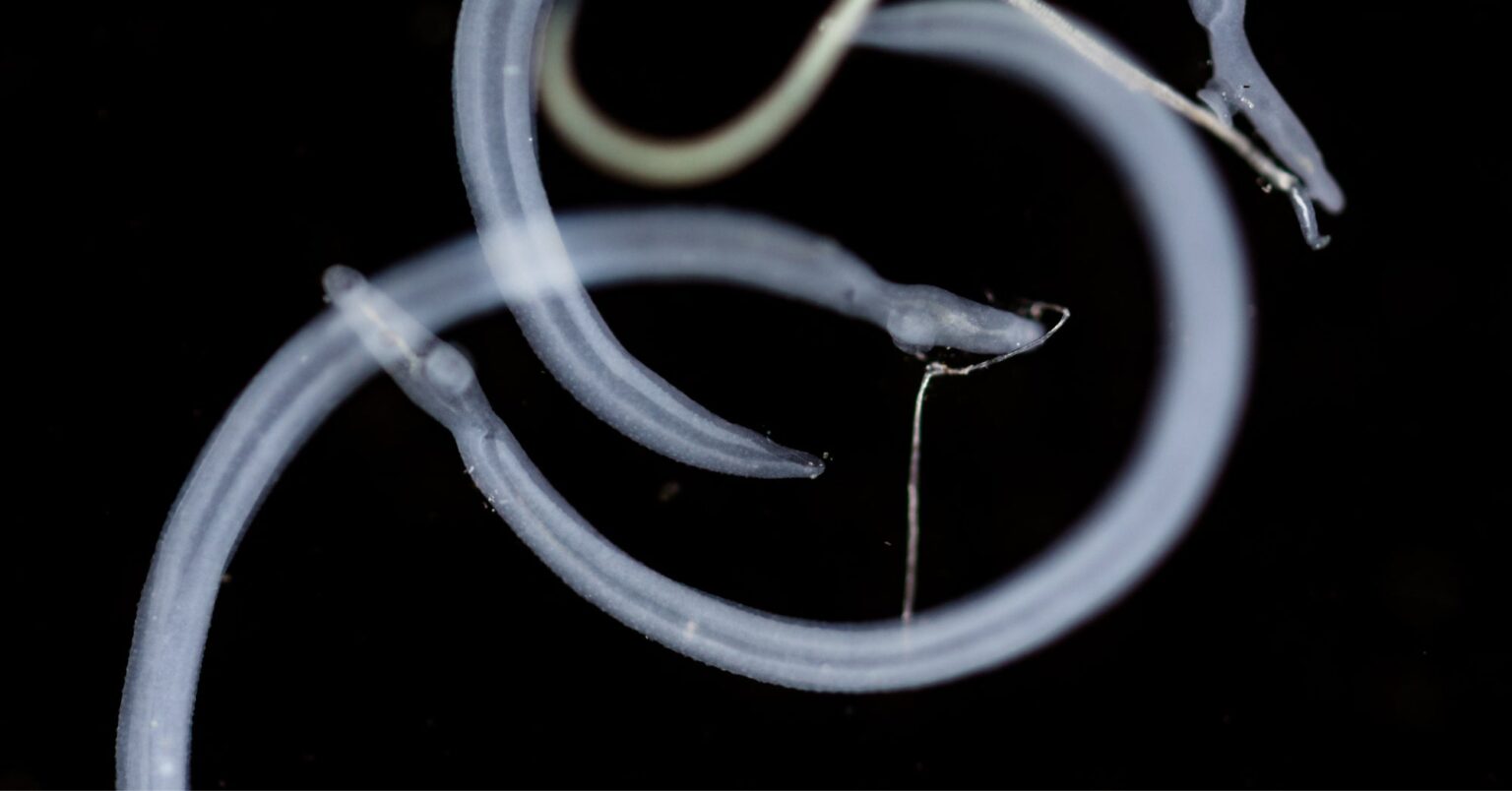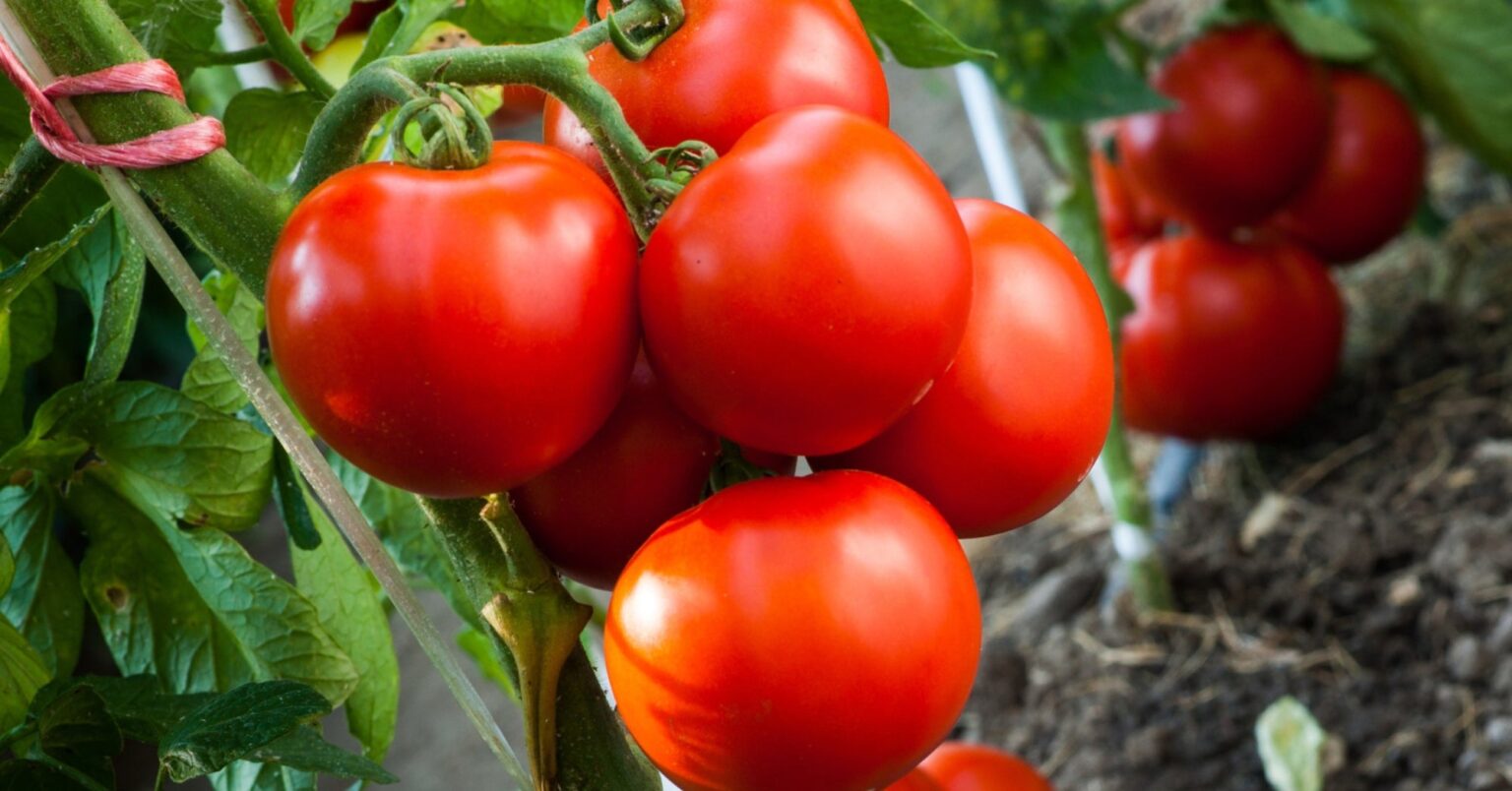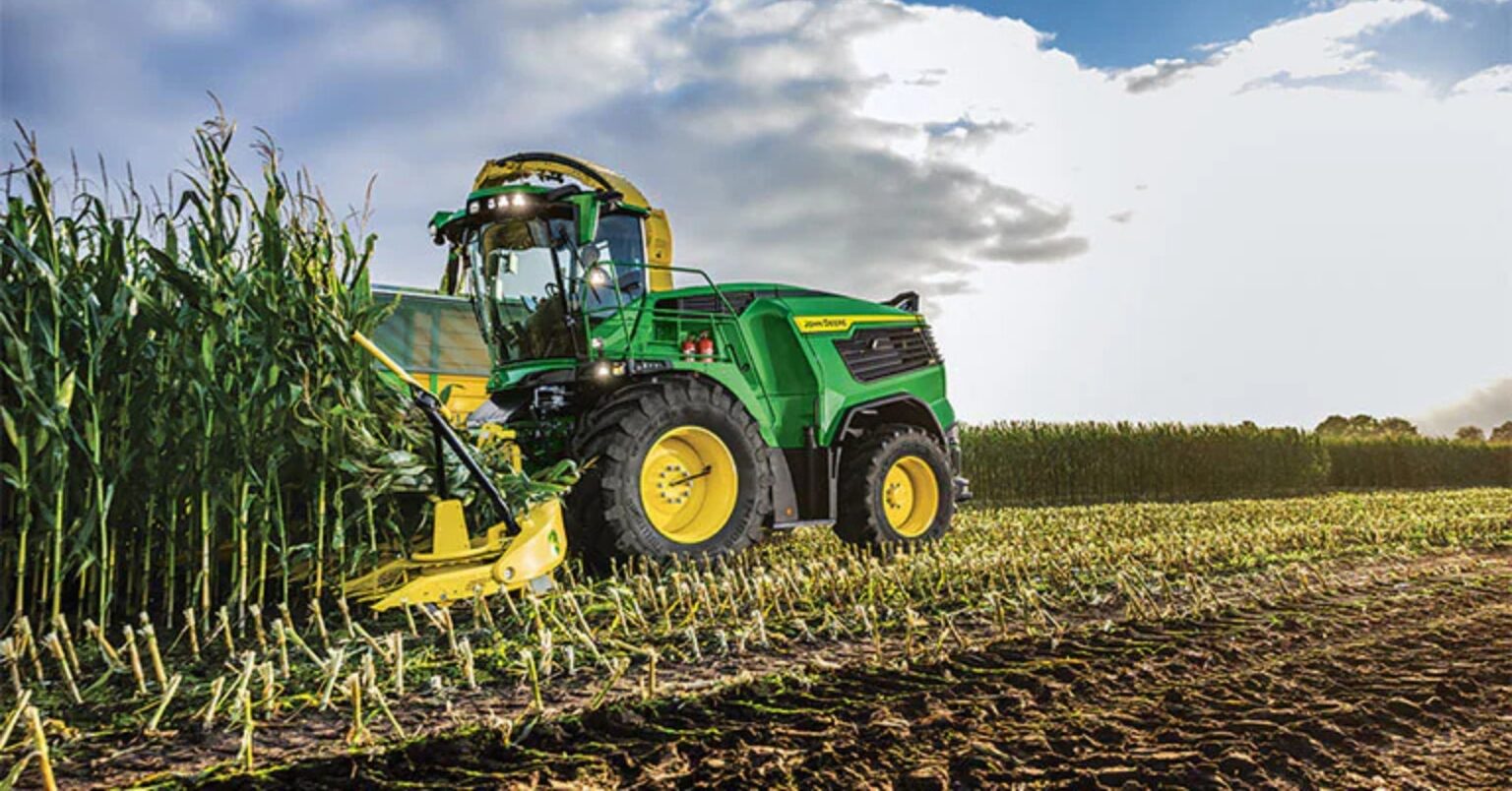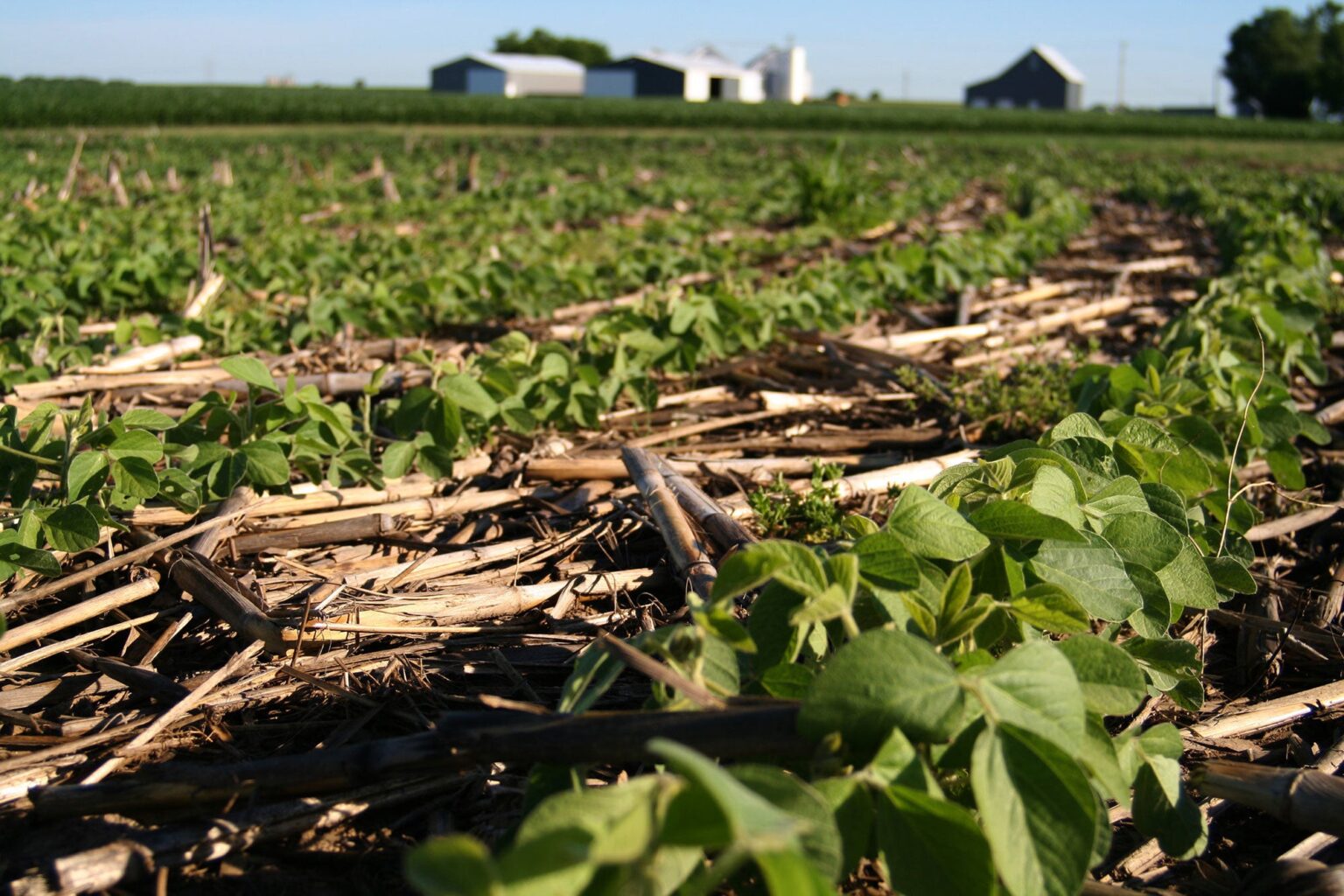Subscribe to Updates
Get the latest agriculture news and updates directly to your inbox.
Author: staff
DAILY Bites Whole genome analysis of 160 parasite samples revealed no recent hybridization between Schistosoma haematobium (human) and Schistosoma bovis (cattle). Evidence of ancient gene flow suggests some cattle parasite genes persist in human parasites, similar to Neanderthal DNA in humans. Parasite populations differ between northern and southern Africa, possibly due to variations in snail hosts, highlighting a need for region-specific control strategies. DAILY Discussion Parasitic worms that infect humans are not interbreeding with those that infect cattle as previously thought. This is good news for when it comes to controlling schistosomiasis, a disease caused by these worms that affects…
Bayer has developed new tomato varieties that provide growers advanced solutions in their fight against tomato brown rugose fruit virus (ToBRFV). These will launch this year in every major glasshouse tomato segment and provide multi-stacked virus-resistant genes for more durable protection against ToBRFV mutations. The first generation of resistant tomato varieties have helped ensure produce quality and consistent supply over recent years, but plant RNA viruses like ToBRFV mutate quickly. This means varieties with single-source resistance are more vulnerable to attack, but stacking multiple resistant genes that disrupt different stages of the plant-virus interaction can offer better protection. “Resistance-breaking ToBRFV…
When Jaclyn Wilson was a little girl growing up on the Wilson Flying Diamond Ranch in the Sandhills of northwest Nebraska, her grandparents gave her a subscription to National Geographic magazine every year for Christmas. Each issue transported young Jaclyn to exotic locations around the globe. “I’d unfold the maps and hang them all over my bedroom,” she said. The articles taught her about the importance of conservation, lessons echoed by her grandparents and parents, who restored wetlands and made other efforts to care for the environment on their ranch. In 1998, National Geographic published a feature on the Nebraska…
DAILY Bites The F8 and F9 Series include new engine options ranging from 425PS to 1,020PS, offering more power choices and improved fuel efficiency. Automation features such as ground speed adjustment and single-touch harvest settings are designed to reduce manual input and operator fatigue. Updates to the kernel processor, inoculant system, and cab layout aim to improve feed quality, simplify maintenance, and enhance visibility. DAILY Discussion John Deere has announced the launch of its new F8 and F9 Series self-propelled forage harvesters (SPFHs), designed and built from the ground up with customer input to elevate forage performance, fuel efficiency, operator…
As of 8:30 a.m. CT, July corn was up 5½¢ at $4.44 per bushel. July soybeans were up 5½¢ at $10.46¼ per bushel. July wheat contracts were mixed. CBOT wheat was up 2¾¢ at $5.38¾ per bushel. KC wheat was unchanged at $5.36¾. Minneapolis wheat was up 1¾¢ at $6.19¾. Yesterday morning, Naomi Blohm, senior market advisor at Total Farm Marketing, said corn and soybeans would either see “bargain buying” and find support, or technical selling would take over and likely impact the rest of the week. This morning, Blohm said, “Yesterday’s firmer close was impressive and important from a…
In The Wizard of Oz, Glinda the Good informs Dorothy that to get home, “You’ve always had the power, my dear. You’ve had it all along.” Whether they realize it or not, farmers, like Dorothy, have also always had answers to some of the most pressing questions. The way to true economic and environmental sustainability in agriculture does not lie in some soil additive or special piece of equipment, because those are tools, not solutions. Finding the answer to a particular dilemma comes from asking the right questions. How does the soil (or ruby slippers) truly function? Healthy soil can…
By Cami Koons Farmers in Iowa had a productive week as warmer and drier conditions allowed plenty of time for in-field activities, including finishing up planting and beginning to spray emerged corn and soybeans. Nearly 80% of soybeans have emerged across the state, which is 10 days ahead of last year’s crop and four days ahead of average pace. Corn acres across the state are 87% emerged, putting the crop nearly a week ahead of last year and one day ahead of the five-year average. Organic farmers like Aaron Lehman, who farms in northern Polk County, had a slightly slower…
By Henrique Monaco, Joana Colussi, Gary Schnitkey, and Nick Paulson Brazil’s soybean yields have grown faster than those in the United States, though this growth is not uniform across Brazil’s major producing regions (see Farmdoc Daily, Feb. 20, 2025). While trend yields reflect the average rate of yield improvement over time, they do not capture the year-to-year variability that translates into production risk. This variability — measured as percent deviations from trend — offers key insights into the stability and reliability of yield growth. Building on previous analysis of Brazil’s trend yield potential and deviations (see Farmdoc Daily, Jan. 12, 2017), this article…
By Gabriel Araujo SAO PAULO, June 2 (Reuters) – Agribusiness consultancy AgRural raised its forecasts for Brazil’s 2024/25 corn and soybean crops on Monday, citing improved agricultural yields in several states. The country’s total corn production is set to hit 128.5 million metric tons this season, AgRural said, up from a previously estimated 124.8 million tons. Farmers in Brazil’s center-south region had harvested 1.3% of their second-corn areas by last Thursday, the consultancy said, up only 0.4 percentage points from the previous week owing to weather disruption to work in the fields. “It could have advanced at a stronger pace but ended up…
July corn ended the day up less than a penny at $4.38½ per bushel. Today was the first higher close for the contract since May 22. July soybeans closed up 7¼¢ at $10.40¾ per bushel. The contract regained all but a penny of what was lost yesterday. July wheat contracts closed lower. CBOT wheat ended the day down 3¢ at $5.36 per bushel. KC wheat was down 3¢ at $5.36¾. Minneapolis wheat was down 9¼¢ at $6.18. August live cattle ended the day down $1.25 at $209.75 per hundredweight (cwt). August feeder cattle closed down 53¢ at $301.23 per cwt.…


:max_bytes(150000):strip_icc()/Markets-5-Soybeans-dramatic-down-4-ebb381450a834605ba9ce05ec9327b73.jpeg)
:max_bytes(150000):strip_icc()/Markets-10-Corn-up-soybeans-up-4-0bd38ef2900043e5b0e5c921115c15be.jpeg)
:max_bytes(150000):strip_icc()/GettyImages-1502213574_skynesher_preview-9186befd9e4a40eba139ec6fab3da687.jpg)




:max_bytes(150000):strip_icc()/beeBugranch-b7d9f18e15884309b32900c3d52955be.jpg)


:max_bytes(150000):strip_icc()/BryanJorgensesn-HowtoSelectBetterSeedVarieties-R5A_7611-056_corn-2eee8d59cbeb451eb8af577e07a58ea2.jpg)
:max_bytes(150000):strip_icc()/100901867_soybeans-60844bfb2b68432a8447f18fa34d28b5.jpg)
:max_bytes(150000):strip_icc()/soybean-harvest-brazil-combine-1-659420f096984e068f3a922ac004b0f0.jpg)
:max_bytes(150000):strip_icc()/Markets-10-Corn-up-soybeans-up-3-c03fc9a3fa794f0f85443dbedaca1e54.jpeg)